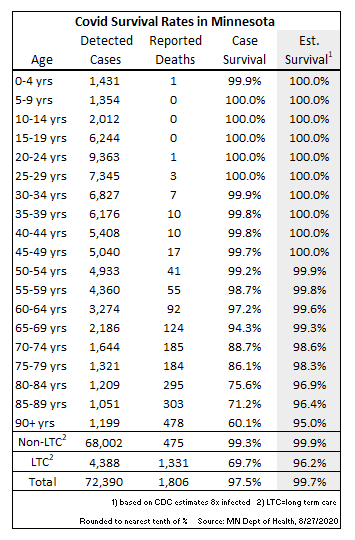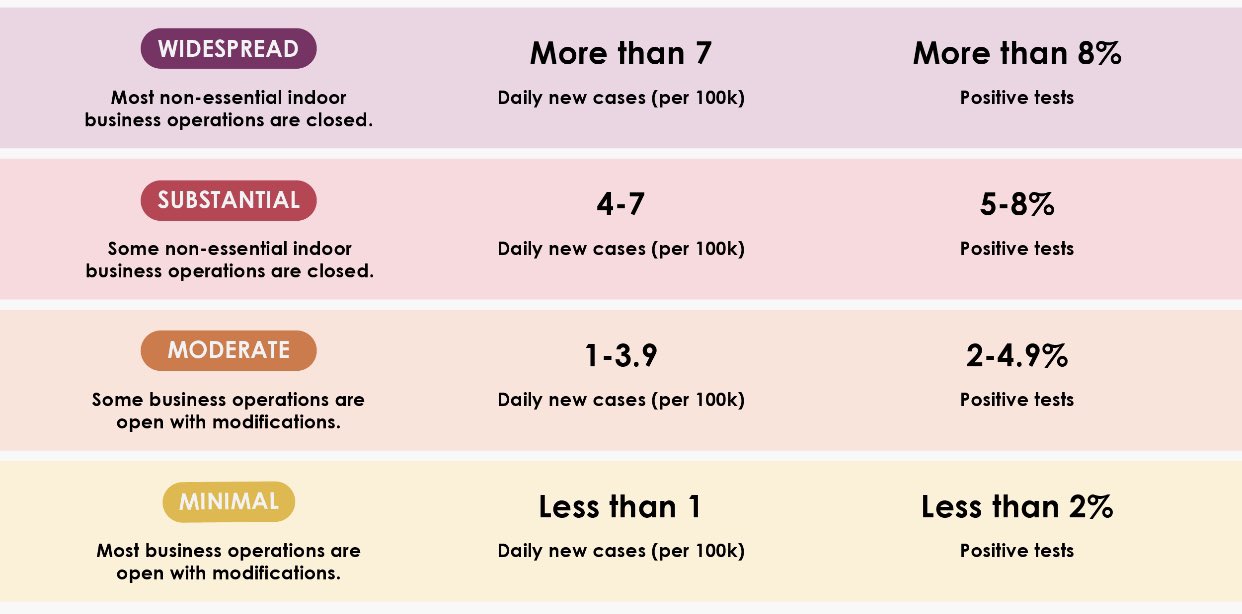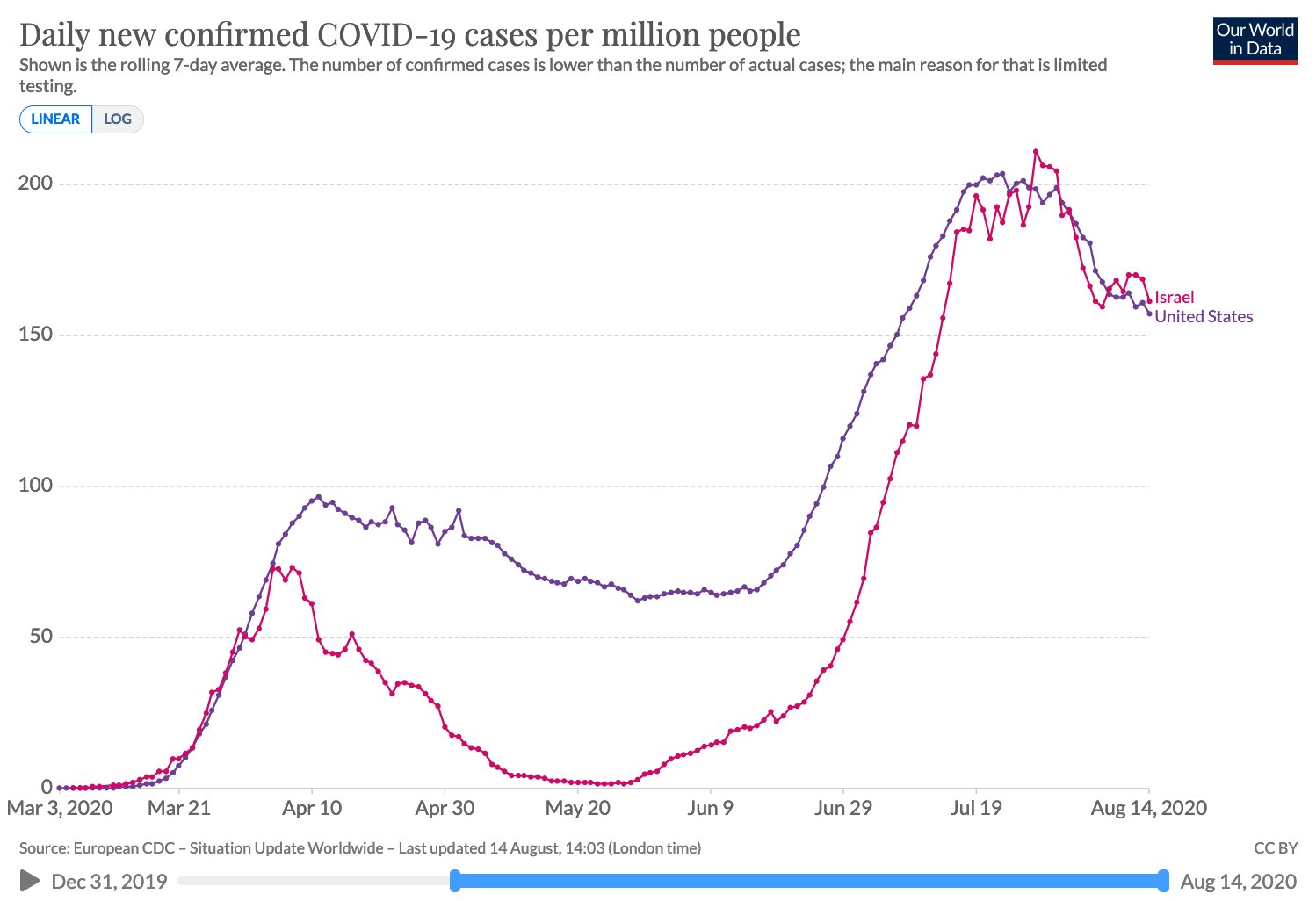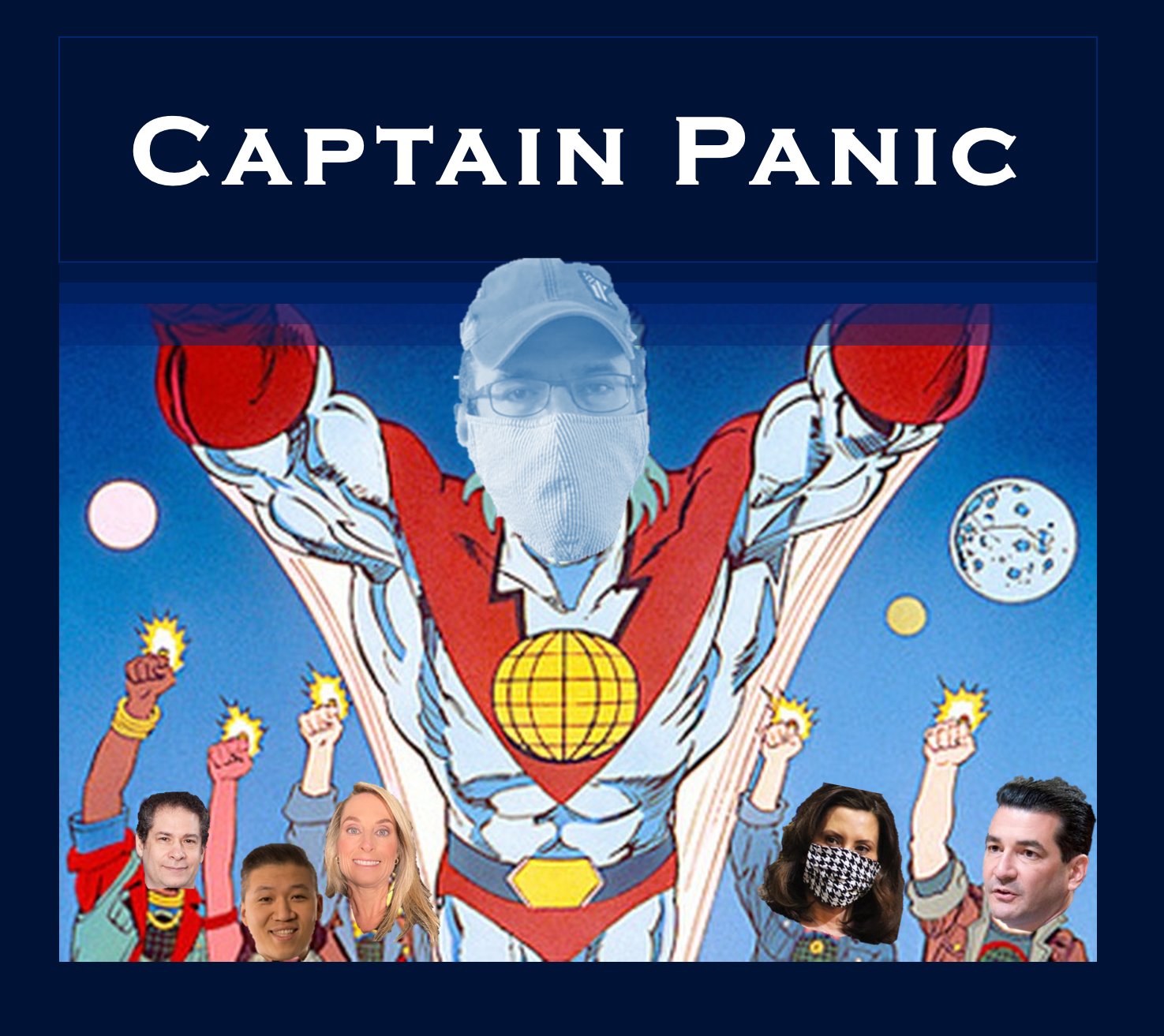Dolt On #TeamWetTheBed ^^^
https://mobile.twitter.com/justin_hart/status/1299438720559403010
If we assume 8% infection rate here in San Diego County. With 98% specificity and 99% sensitivity... If we test just 1650 people that will yield 33 false positives right there. We will never make it to the lowest setting and businesses will be closed for good.
"Hey 1820 (let's be honest, that's the time frame that your level of education regarding science and research is at)......
Please respond to the following Op-Ed from the New York Times from three weeks ago co-authored by Michael Osterholm and Neel Kashkari. I'm sure you're aware by now that Michael Osterholm is one of the most respected infectious disease experts in the planet and, if you don't know, Kashkari is the President of the Minneapolis Fed. So, two experts in both the virus itself and finance and economics. Since I know you probably wouldn't/won't read it in its' entirety, I will provide a few paragraphs from the article...
https://www.nytimes.com/2020/08/07/o...ent-death.html
"We believe the choice is clear. We can continue to allow the coronavirus to spread rapidly throughout the country or we can commit to a more restrictive lockdown, state by state, for up to six weeks to crush the spread of the virus to less than one new case per 100,000 people per day. That’s the point at which we will be able to limit the increase in new cases through aggressive public health measures, just as other countries have done. But we’re a long way from there right now."
Notice "1820"... 1 case in every 100,000 people per day...That's when the experts say we could potentially start to safely open things up.
"And the next six months could make what we have experienced so far seem like just a warm-up to a greater catastrophe. With many schools and colleges starting, stores and businesses reopening, and the beginning of the indoor heating season, new case numbers will grow quickly. Why did the United States’ Covid-19 containment response fail, particularly compared with the successful results of so many nations in Asia, Europe and even our neighbor Canada. Simply, we gave up on our lockdown efforts to control virus transmission well before the virus was under control. Many other countries didn’t let up until the number of cases was greatly reduced, even in places that had extensive outbreaks in March and April."
"The United States recorded its lowest seven-day average since March 31 on May 28, when it was 21,000 cases, or 6.4 new cases per 100,000 people per day. This rate was seven to 10 times higher than the rates in countries that successfully contained their new infections."
Key part there... "we gave up on our lockdown efforts to control virus transmission well before the virus was under control" and.. "we recorded our lowest seven-day average on May 28, when it was 21,000 cases, or 6.4 new cases per 100,000 per day"
"At this level of national cases — 17 new cases per 100,000 people per day — we simply don’t have the public health tools to bring the pandemic under control. Our testing capacity is overwhelmed in many areas, resulting in delays that make contact tracing and other measures to control the virus virtually impossible."
This next paragraph is very important. Obviously, you'll disagree with the two people with FAR MORE knowledge than you regarding this issue. Still..
"To successfully drive down our case rate to less than one per 100,000 people per day, we should mandate sheltering in place for everyone but the truly essential workers. By that, we mean people must stay at home and leave only for essential reasons: food shopping and visits to doctors and pharmacies while wearing masks and washing hands frequently. According to the Economic Policy Institute, 39 percent of workers in the United States are in essential categories. The problem with the March-to-May lockdown was that it was not uniformly stringent across the country. For example, Minnesota deemed 78 percent of its workers essential. To be effective, the lockdown has to be as comprehensive and strict as possible. If we aren’t willing to take this action, millions more cases with many more deaths are likely before a vaccine might be available. In addition, the economic recovery will be much slower, with far more business failures and high unemployment for the next year or two. The path of the virus will determine the path of the economy. There won’t be a robust economic recovery until we get control of the virus."
So, the experts -- virus and economic -- are saying we didn't lockdown strictly or long enough.





